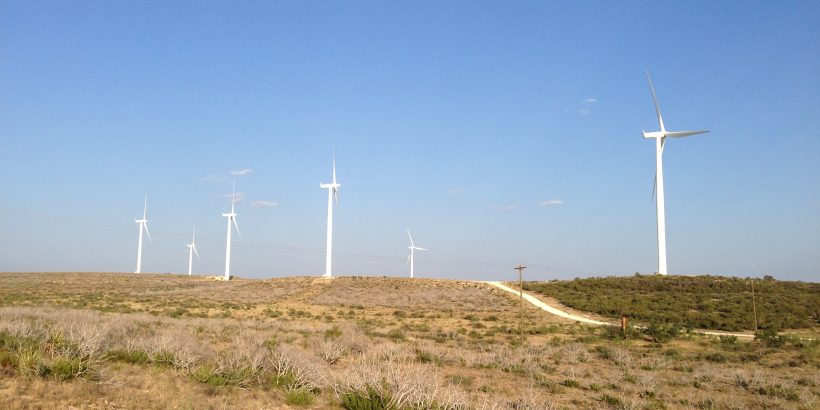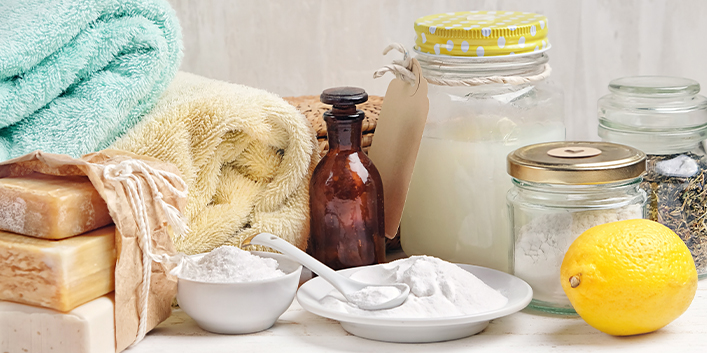Green Mountain Energy® Blog
How to Start Composting for Beginners



What if there was a way to turn 28% of your waste into something useful instead of throwing it away and creating more methane gas in landfills? That’s how much the average household could save if they just composted their food scraps and yard waste. Even if you’ve never considered composting before, it’s not complicated to learn. Here’s the lowdown on how to start composting for beginners.
What can you compost?
Compost is used to nourish plants and fortify the soil, so anything you put into your compost bin should be natural — think fruit and vegetable peels, coffee grounds, eggshells, paper, yard trimmings and even tea bags. You can also include things like fireplace ashes, dryer lint and the contents of your vacuum cleaner. Have four-legged family members? Good news: You can compost all that hair they generously leave behind.
Don’t include things like dairy, meat, bones, oils and fats, charcoal ash, diseased plant clippings or anything that has been treated with pesticides. A quick tip here: If you buy conventional bananas and oranges, the peels usually contain pesticides. You may want to skip those, or switch to organic. Also avoid pet waste like cat litter and puppy “presents” because you don’t want to contaminate the compost with anything that could harm plants or soil.



What do you need?
You can compost indoors or outdoors, so even if you don’t have a backyard, you can still start a small compost pile in your kitchen or on an apartment patio. For indoor or patio composting, you’ll need a special indoor composting bin, available online or from home improvement stores. They’re self-contained, and they come in different sizes and designs. Full Circle Home, Joseph Joseph and Urban Composter are three companies producing indoor composting supplies. And here’s the best part — you don’t need earthworms indoors! (Although you could add them if you want.)
Backyard composting is a little more flexible. You can use a composting bin, or you can just start a compost pile in a shady area. You’ll be churning the pile with a rake or shovel to keep oxygen flowing through the mix. The compost needs to sit on bare dirt to attract worms and beneficial bacteria, so choose an appropriate space if you go the DIY route.
Composting is all about layering materials and getting a good mix of different things to create a nutrient-rich conditioner for your soil.
Once you’ve decided on a bin or an outdoor spot, you’ll need a bucket in which to collect scraps from the kitchen. It can be anything from an old plastic ice cream pail to a fancy stainless-steel compost bucket with carbon filters! Try to choose one with a lid to keep odors contained. A good rule of thumb is to store it under the kitchen sink, so it’s out of the way but still easy for everyone in the family to access.
How to start composting
Once you’re set with a location and collection pail, it’s time to start layering and aerating. To keep compost from getting moldy, and to help speed up the breakdown of materials, you’ll need to mix the compost to keep air moving throughout the pile.
Many indoor and outdoor bins have a tumbler feature, which makes this process easy. With a tumbler, you just crank a handle to spin the container or move paddles through the compost, and aeration is done. You can also use a shovel, rake or hoe to move an outdoor compost pile around every week. Just be sure to get air circulation all the way through the pile to the bottom.
The scraps and waste you include will either be carbon-based “brown materials,” such as leaves, brown paper bags, coffee grounds and eggshells, or nitrogen-based “green materials,” including fruit and vegetable scraps and lawn clippings.
Try to include a mix of one-third green and two-thirds brown materials for the best compost nutrient profile. If odor is ever a problem, add more carbon-based, brown materials. They can absorb odors caused by nitrogen-rich green waste.
Depending on the size of your pile and how often you aerate, it may take six months to a year before outdoor compost is ready to use in the garden. Smaller indoor composters and tumblers are generally faster, producing usable compost in as little as a few weeks. Whether fast or slow, that’s a lot of kitchen and yard waste that won’t end up in a landfill!
Want to take your reuse and recycle efforts to the next level? Check out our blog post Repurpose Household Items to Practice Living Green for more sustainable living tips.
Find a renewable energy plan that helps your home go green.
Enter your ZIP code to get started.
Our customers have avoided
pounds of CO2
That’s like planting
new trees.





